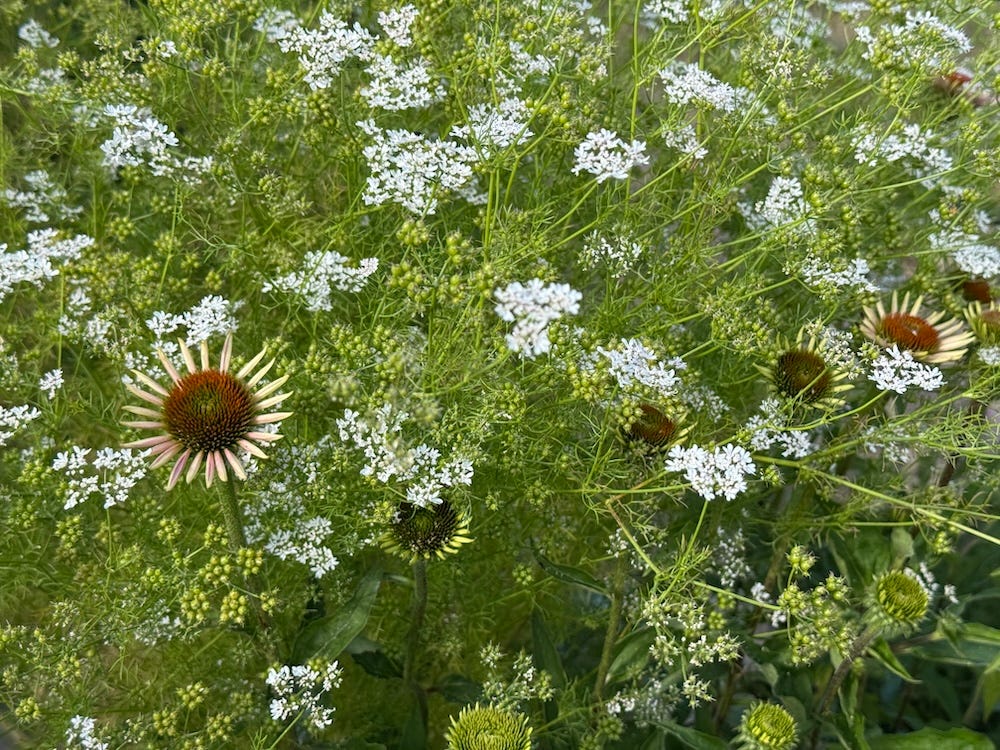Fleeting Flavor
Capturing the brief flavor moments of green seeds and flower buds with fermentation
Our friend Kirsten K. Shockey is an admirable force in the fermentation world. She writes the Fermenting Change newsletter and is the author of Fermented Vegetables and other fermenty books. You can find her on Instagram too. We’re thrilled to have her as a guest, writing about one of my (Peter’s) favorite garden…
Keep reading with a 7-day free trial
Subscribe to Flavor Freaks to keep reading this post and get 7 days of free access to the full post archives.



